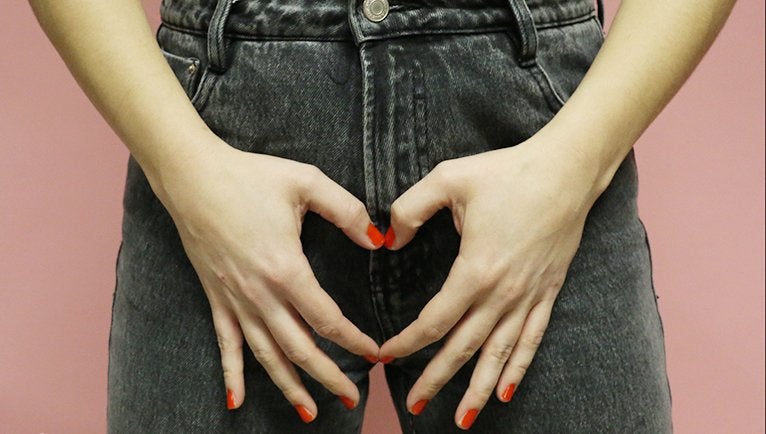There are many factors that contribute to choosing the right form of birth control for you. IUDs are an option that many people choose for their convenience and effectiveness, though there are also many other aspects to the IUD than pregnancy prevention, as is with most forms of birth control.
- What is an IUD?
-
An IUD, or Intrauterine Device, is a form of birth control. It’s a small, T-shaped device that can fit inside of your uterus. They are more than 99% effective at preventing pregnancy. There are a couple different types of IUDs, including hormonal and non-hormonal IUDs. Both work to prevent pregnancy, but the non-hormonal IUD can last longer. Some people don’t react well to different hormones entering the body, so choosing which type of IUD depends on your body and your preference.
- Why do people get IUDs?
-
There are many reasons as to why someone might choose to get an IUD. This device is primarily used as a form of birth control, it reduces the chance of pregnancy more than 99%. However, there are many other functions for an IUD that can make life easier for the recipient. Hormonal IUDs can be used to lessen the effects of heavy periods, severe cramps, and anemia. Some people also use IUDs as a form of emergency contraception. While it is important to note that it may be difficult to book an appointment to receive an IUD quickly if your physician has a busy schedule, having a copper IUD inserted within five days of having unprotected sex will decrease your chance of pregnancy by over 99%.
- How is it inserted?
-
A physician has to physically insert your IUD. Before they begin, you may be tested for STIs and pregnancy. You will also be cleaned and prepped by your physician. A special inserter will be used to put the IUD into your uterus through the opening of your cervix. While the area is being prepped and the device is being inserted, it could feel like a really strong menstrual cramp. Physician’s can use a block in order to numb the area and make that feeling go away, but it’s one of the most common side effects even days after the insertion. It should only take about five minutes. About 4-6 weeks after you get an IUD, you’ll be asked to have an IUD check or an ultrasound just to make sure everything is okay.
- How does an IUD work?
-
An IUD works by ensuring that no sperm cells can reach the egg cells in the body. The copper IUD is effective at rerouting the sperm away from the egg by essentially repelling them. Hormonal IUDs work in a slightly different way, by thickening the mucus that is normally on your cervix. When the mucus is thicker, it prevents the sperm from passing through and making its way toward the egg. Hormonal IUDs also can stop eggs from leaving the ovaries. These methods prevent fertilization and therefore pregnancy.
- How does an IUD affect your period?
-
Hormonal IUDs can minimize your bleeding and cramps during menstruation, which is why they are sometimes used to treat unbearable cramps or heavy periods. For the first couple days after you get an IUD, a little irregular bleeding is normal, but it’s important not to insert anything into your vagina during that time so you’ll want to use a pad, not a tampon. After about a month, periods should be a lot easier to deal with. However, everybody is different and some people could experience significantly worse periods and/or cramps as a side effect.
- How much does an IUD cost?
-
Many health insurance plans, Medicaid, and other government programs can offer IUDs for little to no cost. However, the cost of an IUD includes, not only the device itself, but follow-up visits and any exams/testing required. Without insurance, IUDs can cost up to $1,300, but this can still be more cost effective when compared with other methods of birth control that require frequent refills, as the IUD can last for years.
- How can I get an IUD removed?
-
Dependent on which brand of IUD you have, you will have to remove it after a certain number of years. Some only last three years while others last up to twelve. The IUD can be removed any time before the set amount of years is up. So, for example, you can get the IUD that lasts twelve years and have it removed after six if you wanted to get pregnant. There are little strings attached to the IUD that are easily accessible inside your vagina. To take out the IUD, a practitioner will pull the strings and the IUD will come out. It may be a little bit uncomfortable, and you may feel cramping similar to the insertion. There may be a little bit of spotting after removal, and your period will go back to its previous state before you got the IUD. Once the IUD is out, you can get pregnant right away if you are not using another form of birth control.

There are a lot of different options for birth control that all have different functions, side effects, and levels of effectiveness. It’s hard to know what is right for you. If you are interested in an IUD, you can look at Planned Parenthood’s website for more detailed information and/or contact your health care provider to discuss your options.


